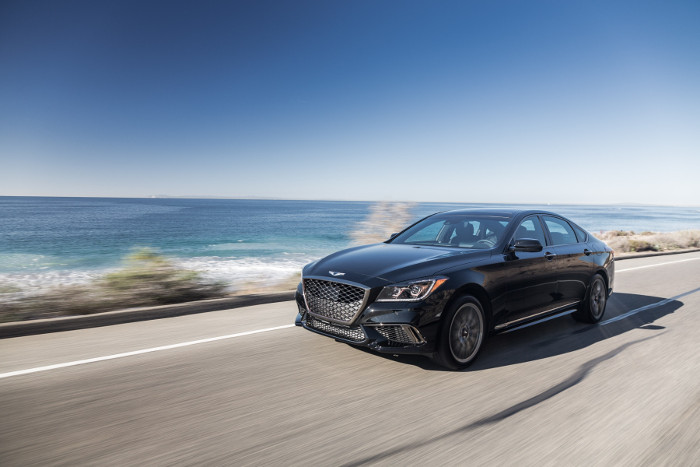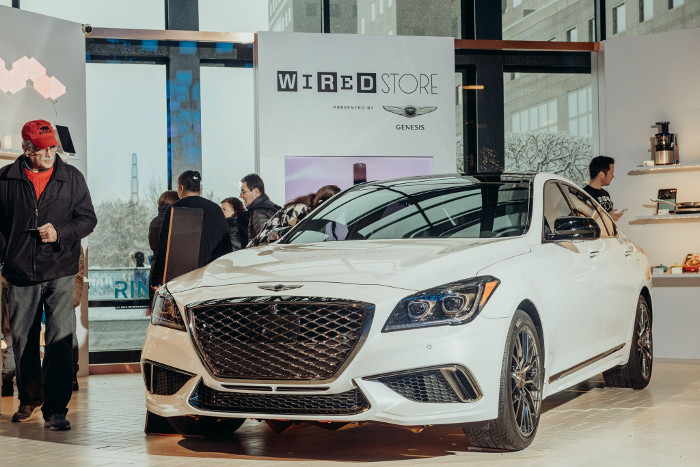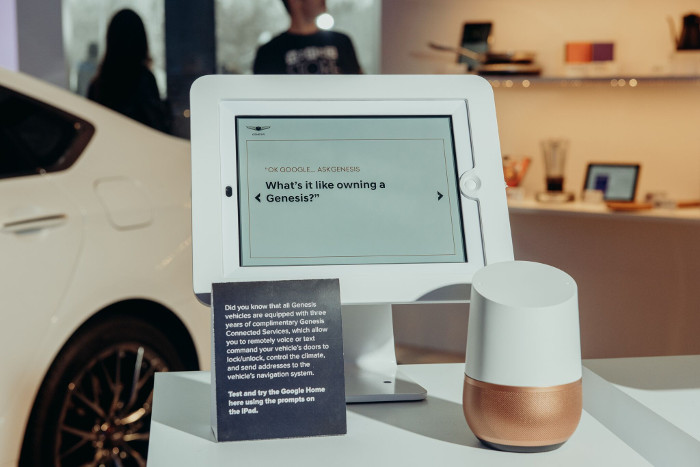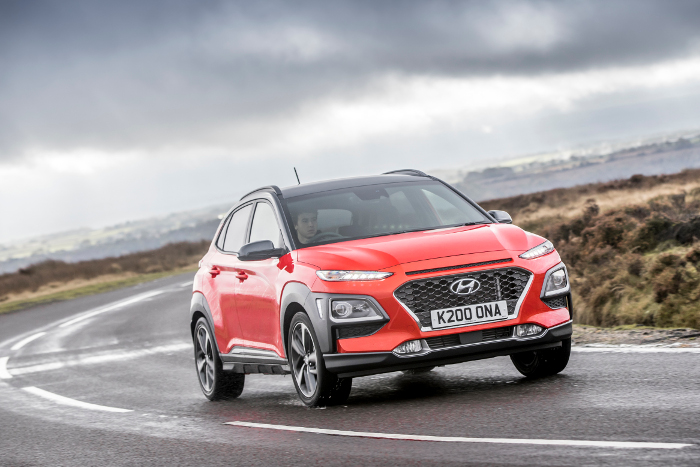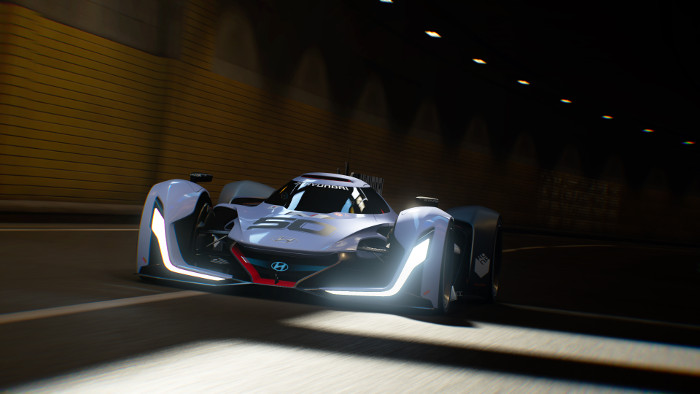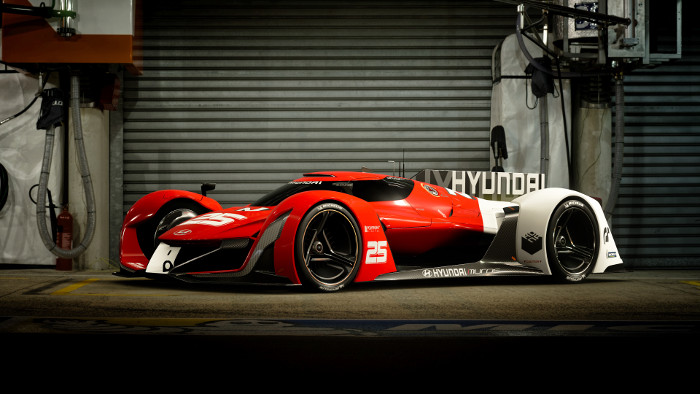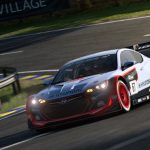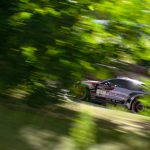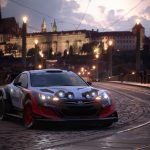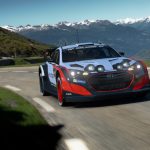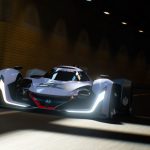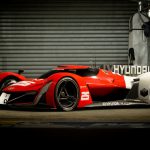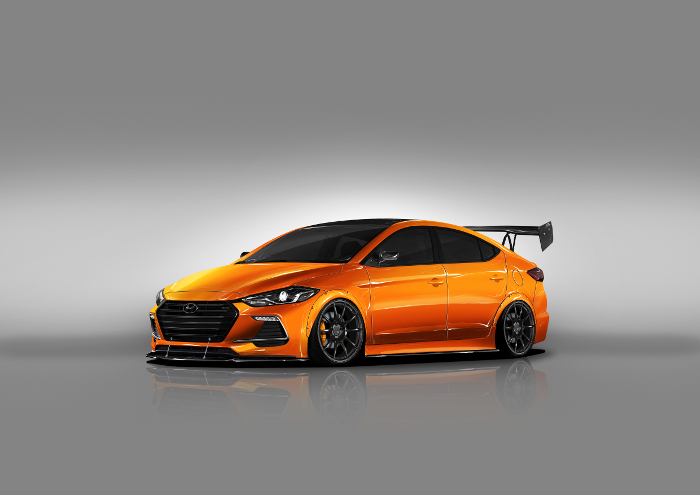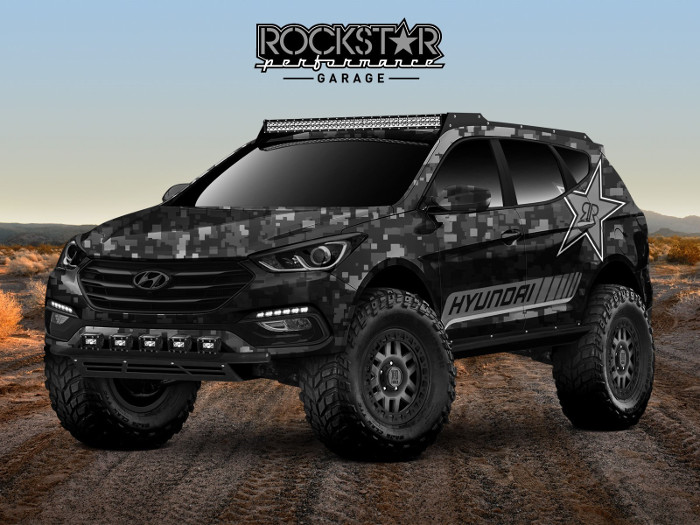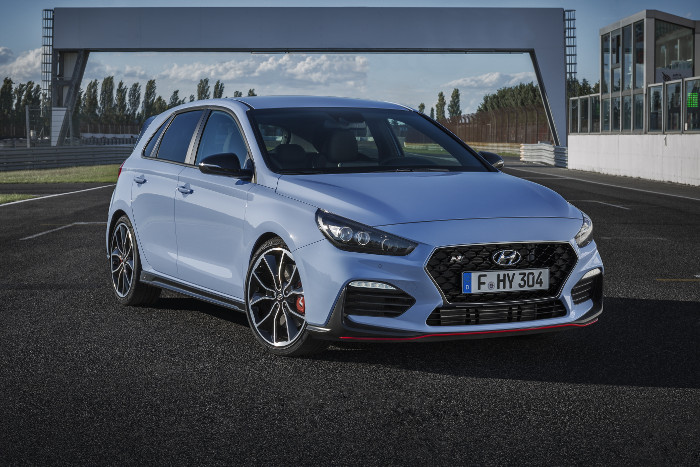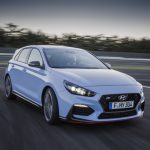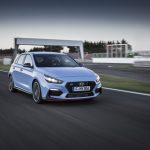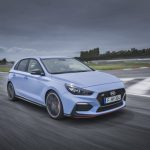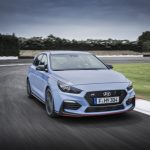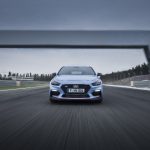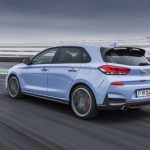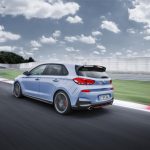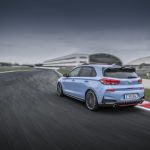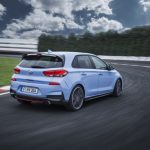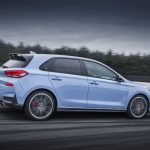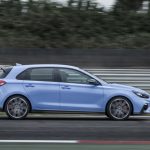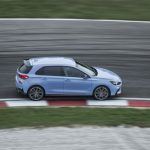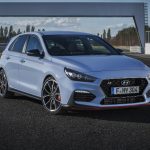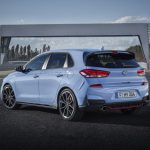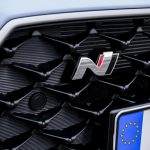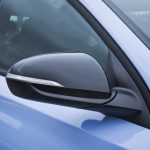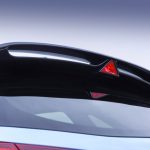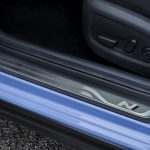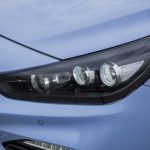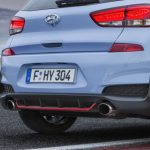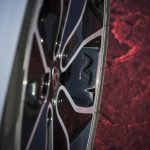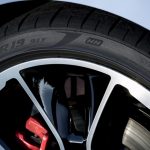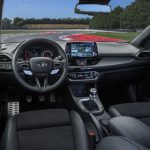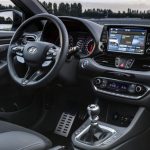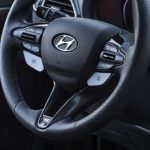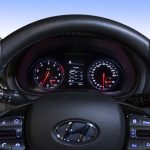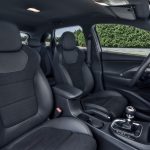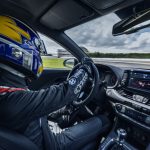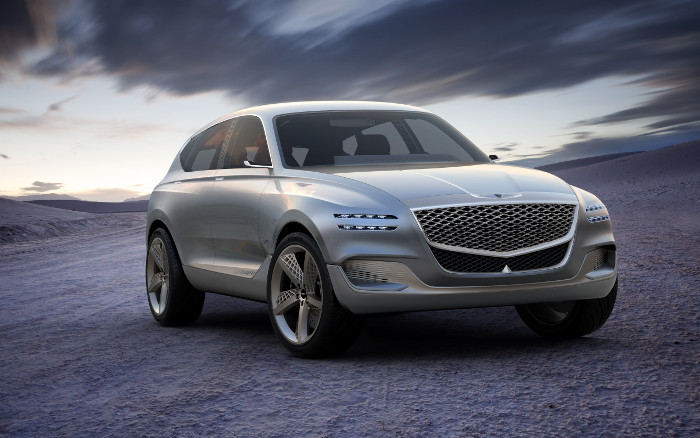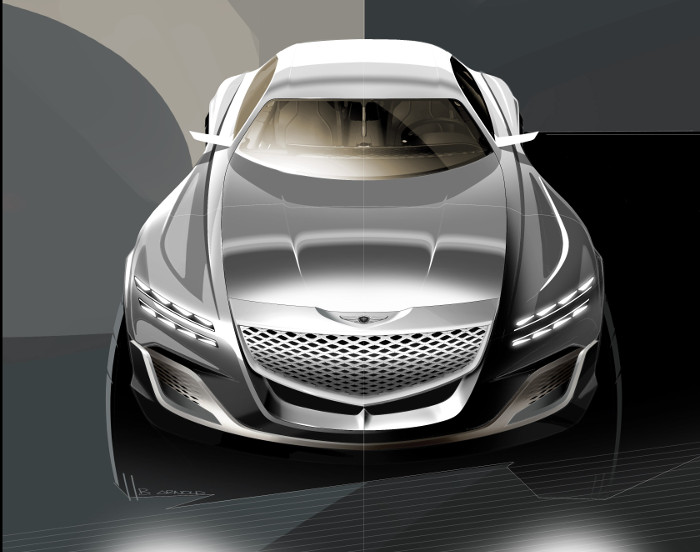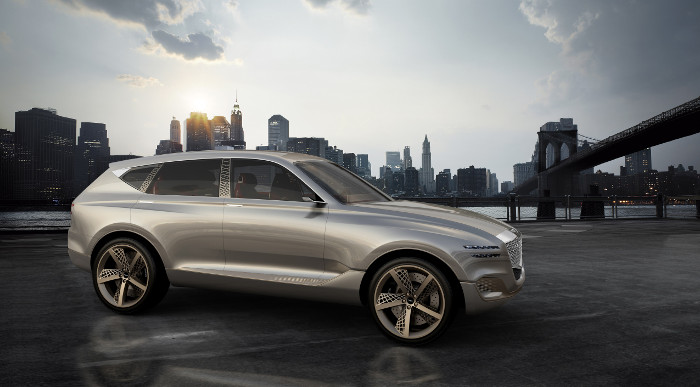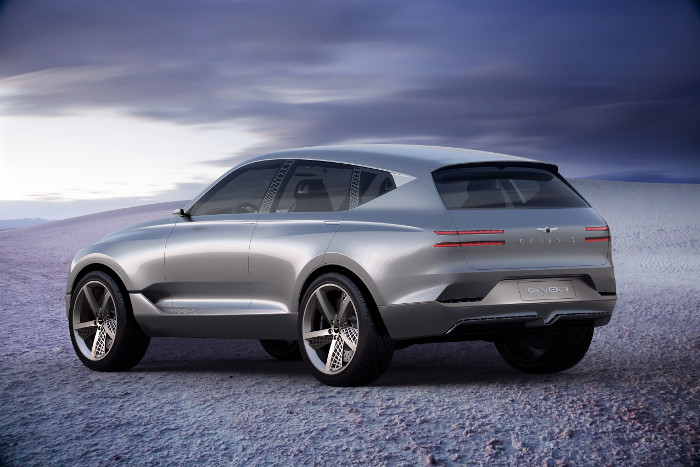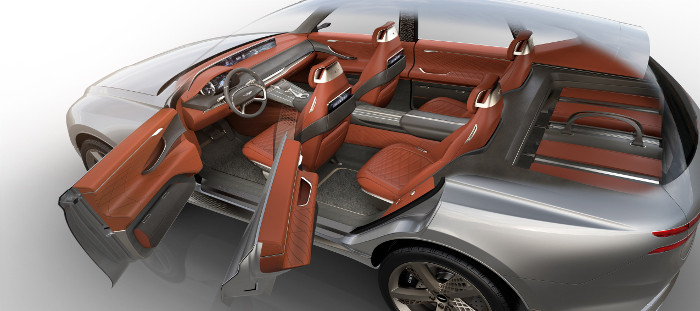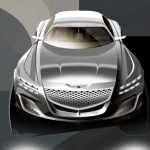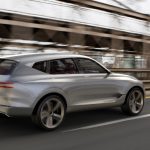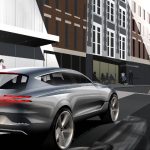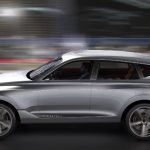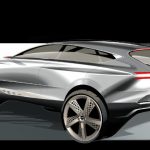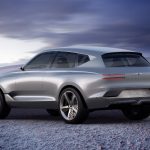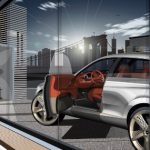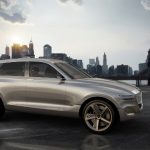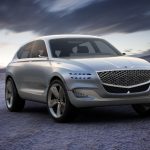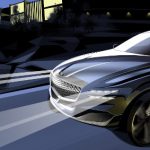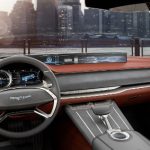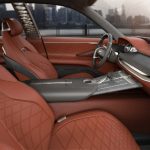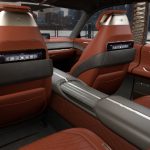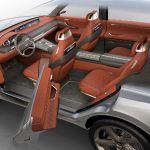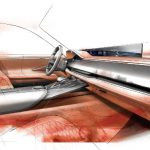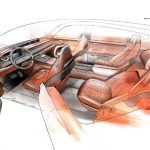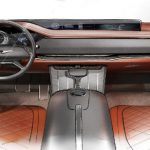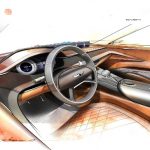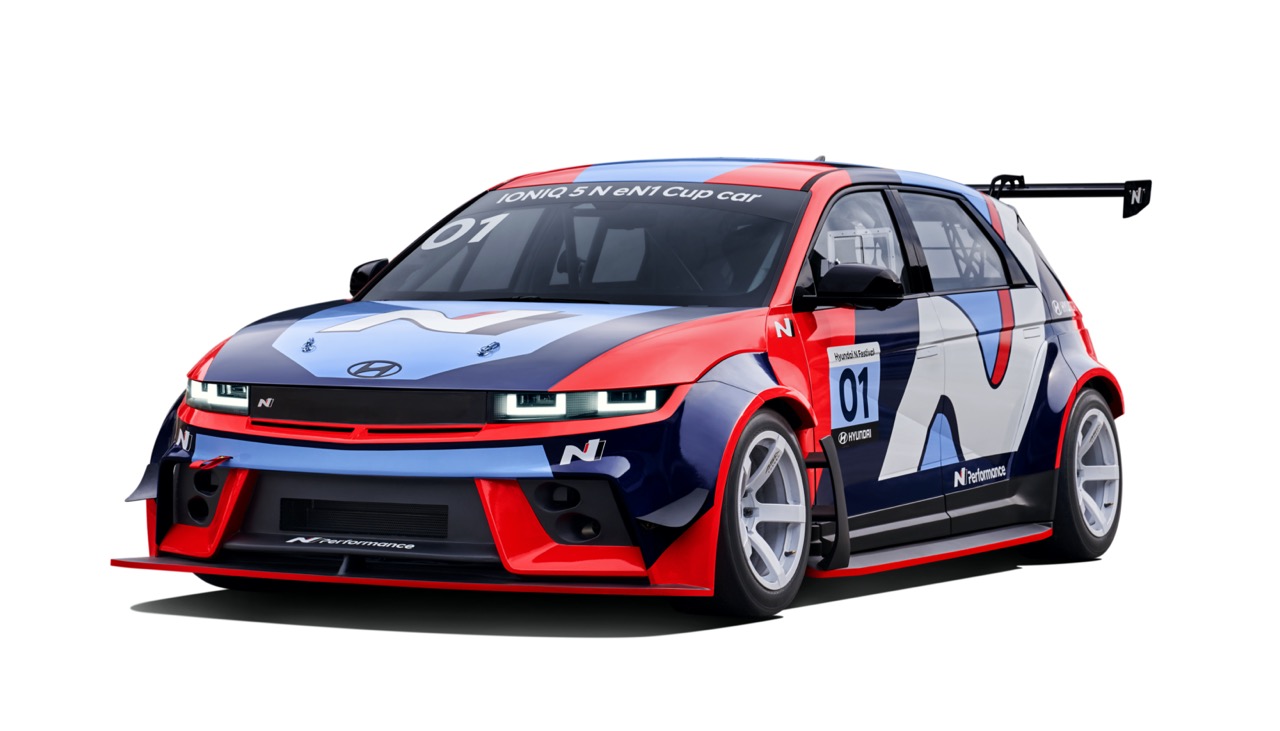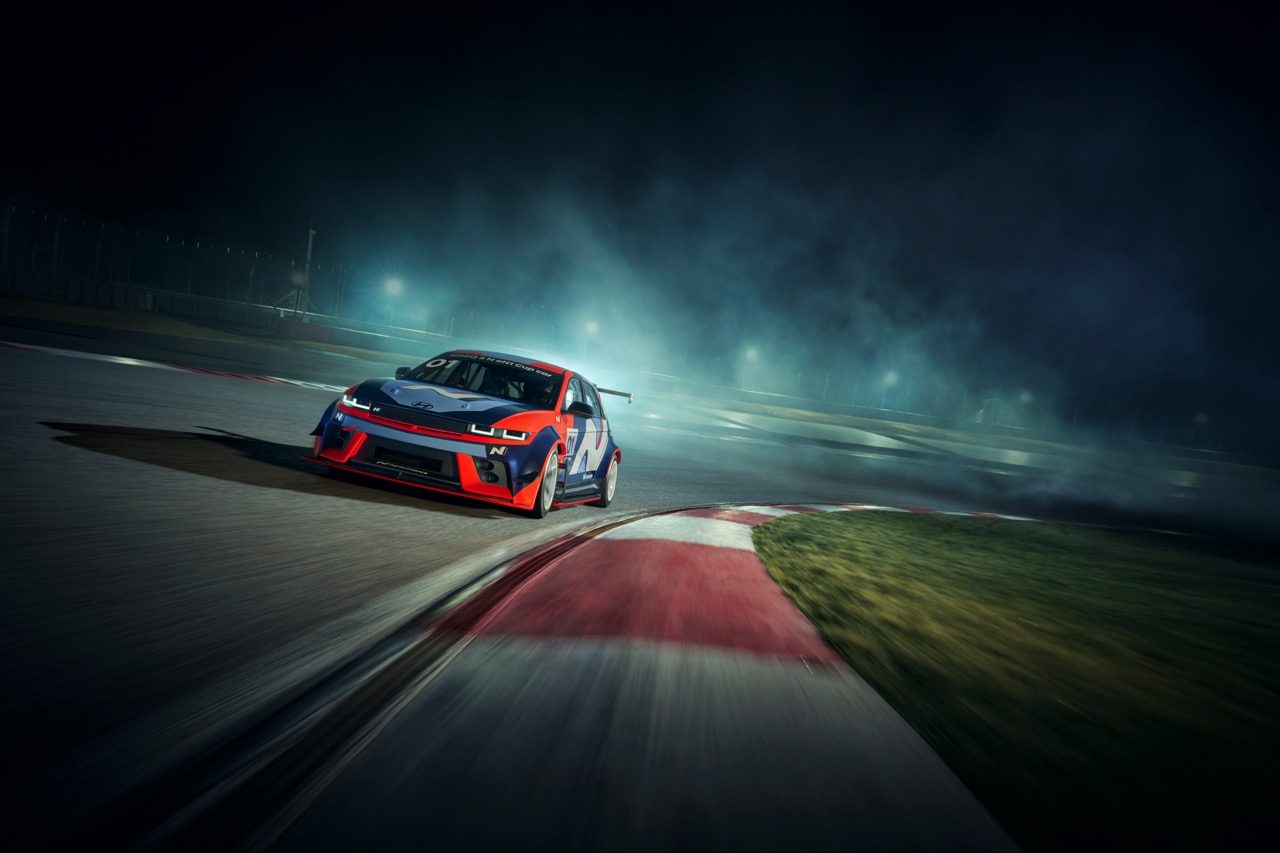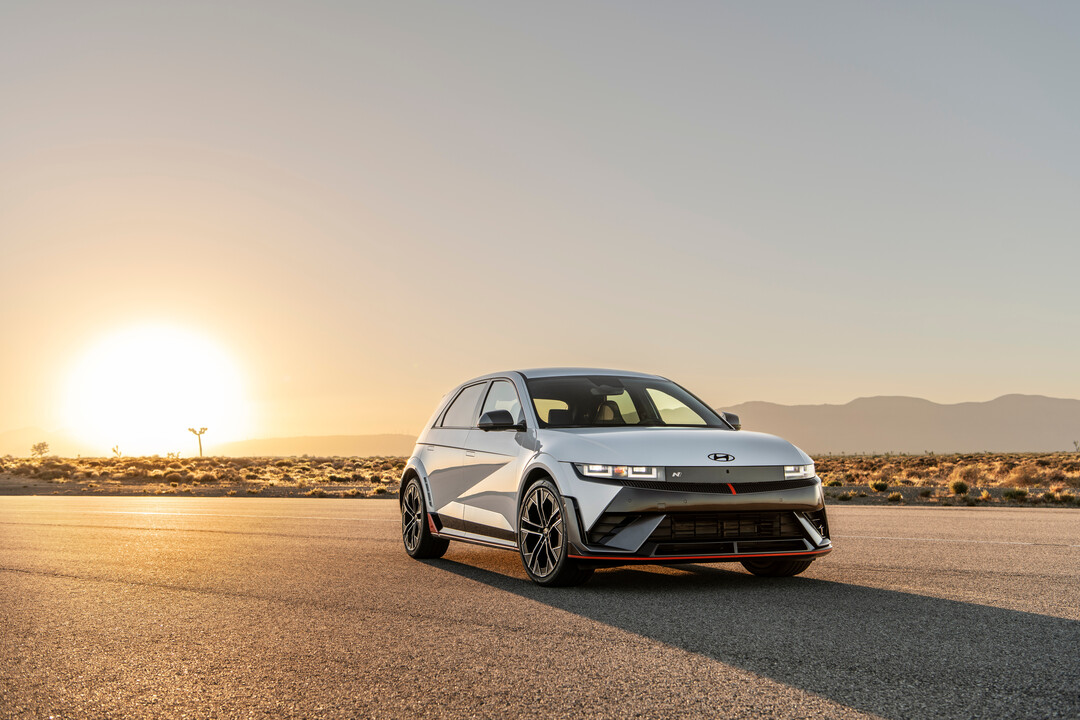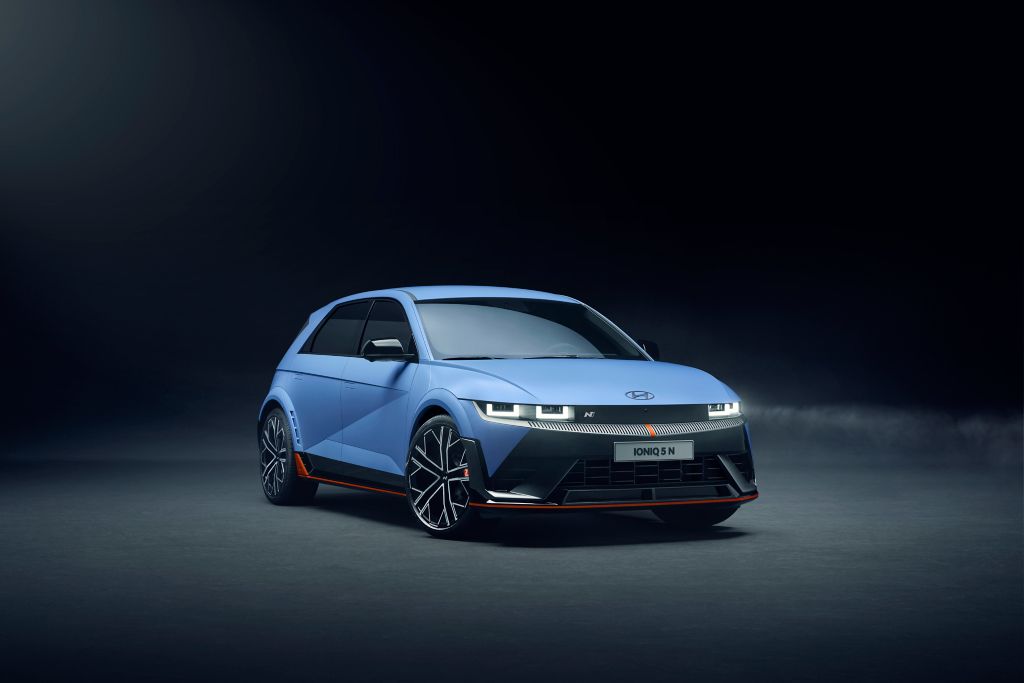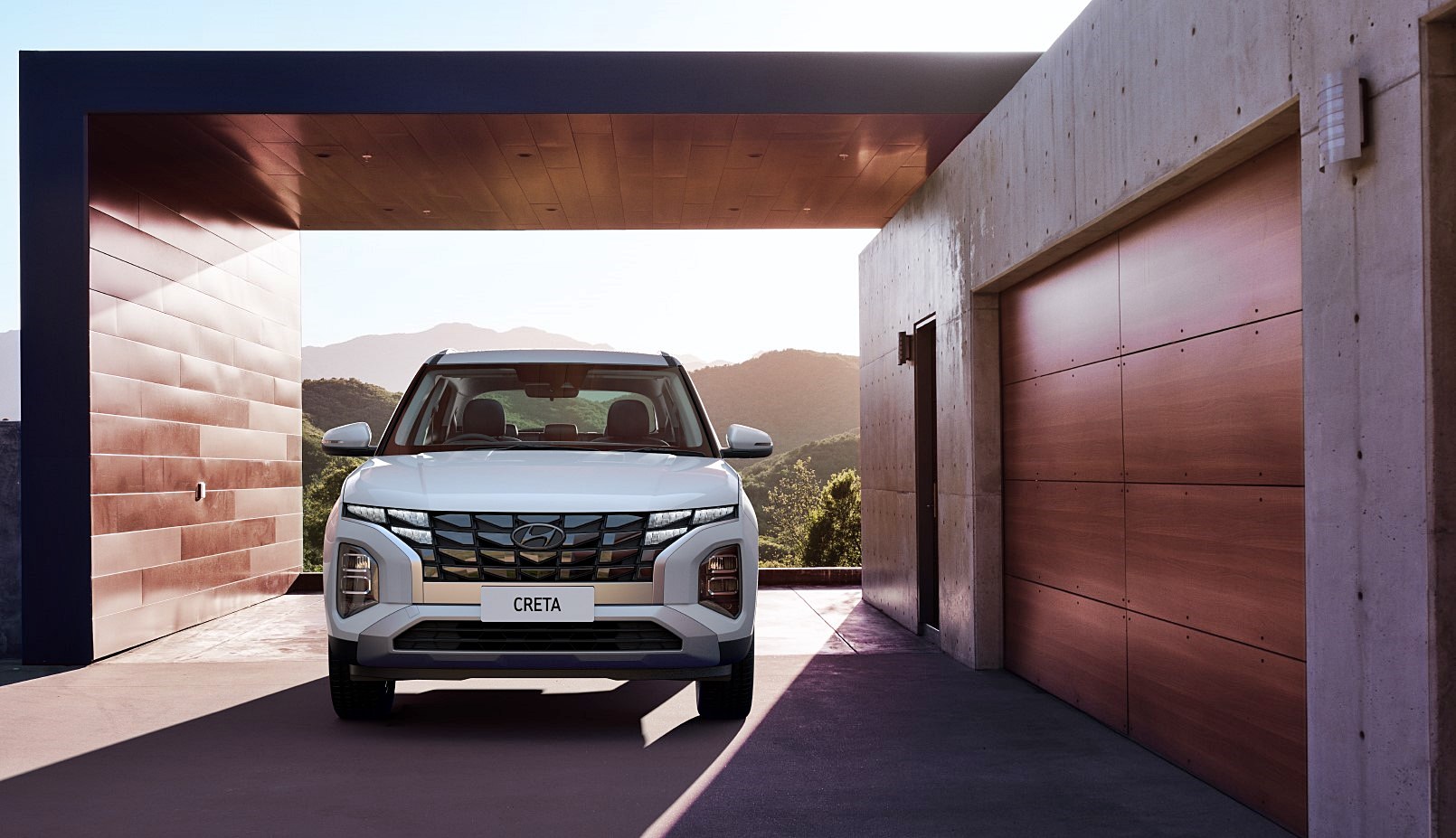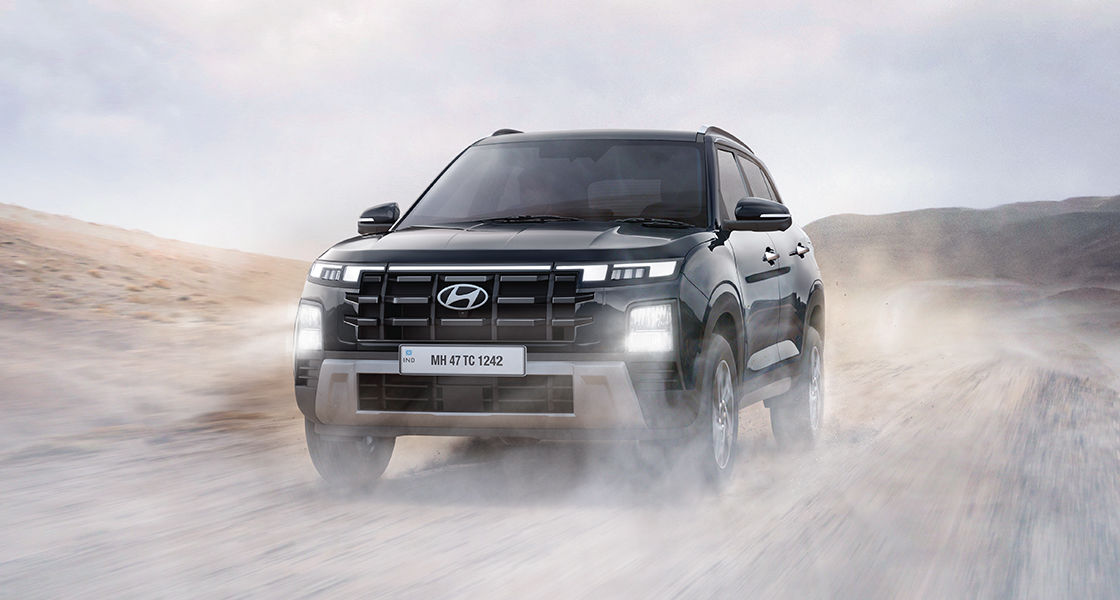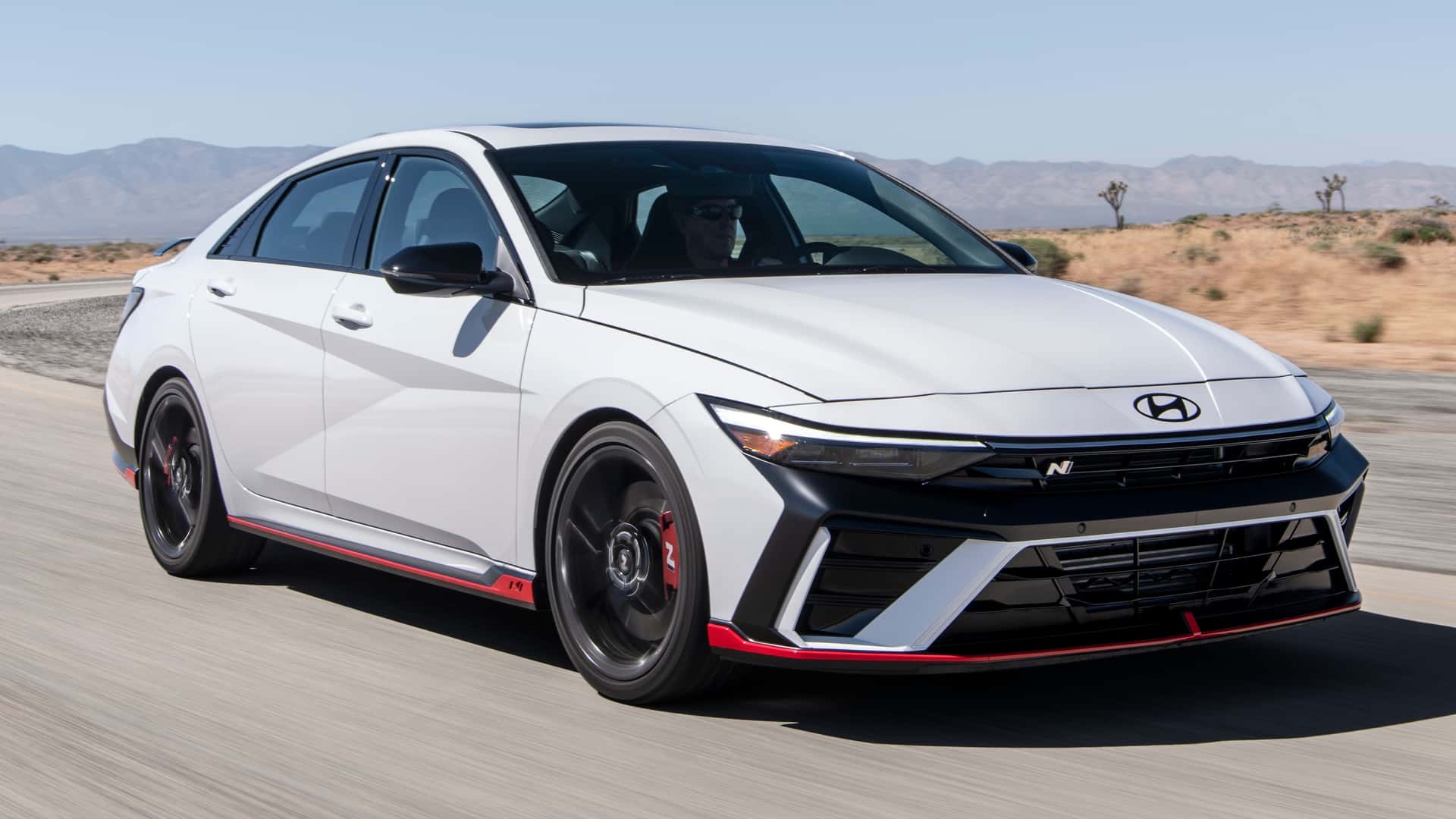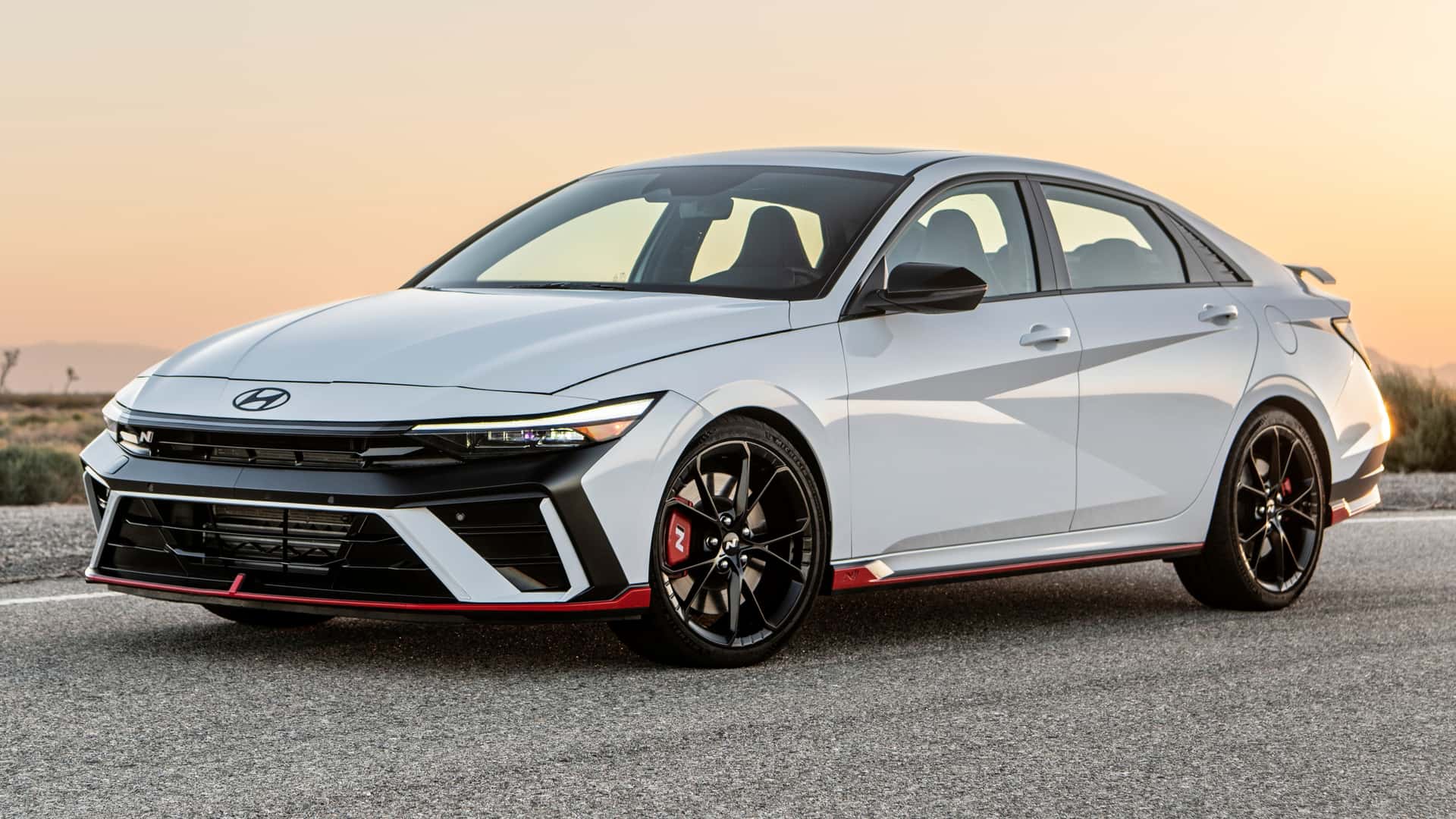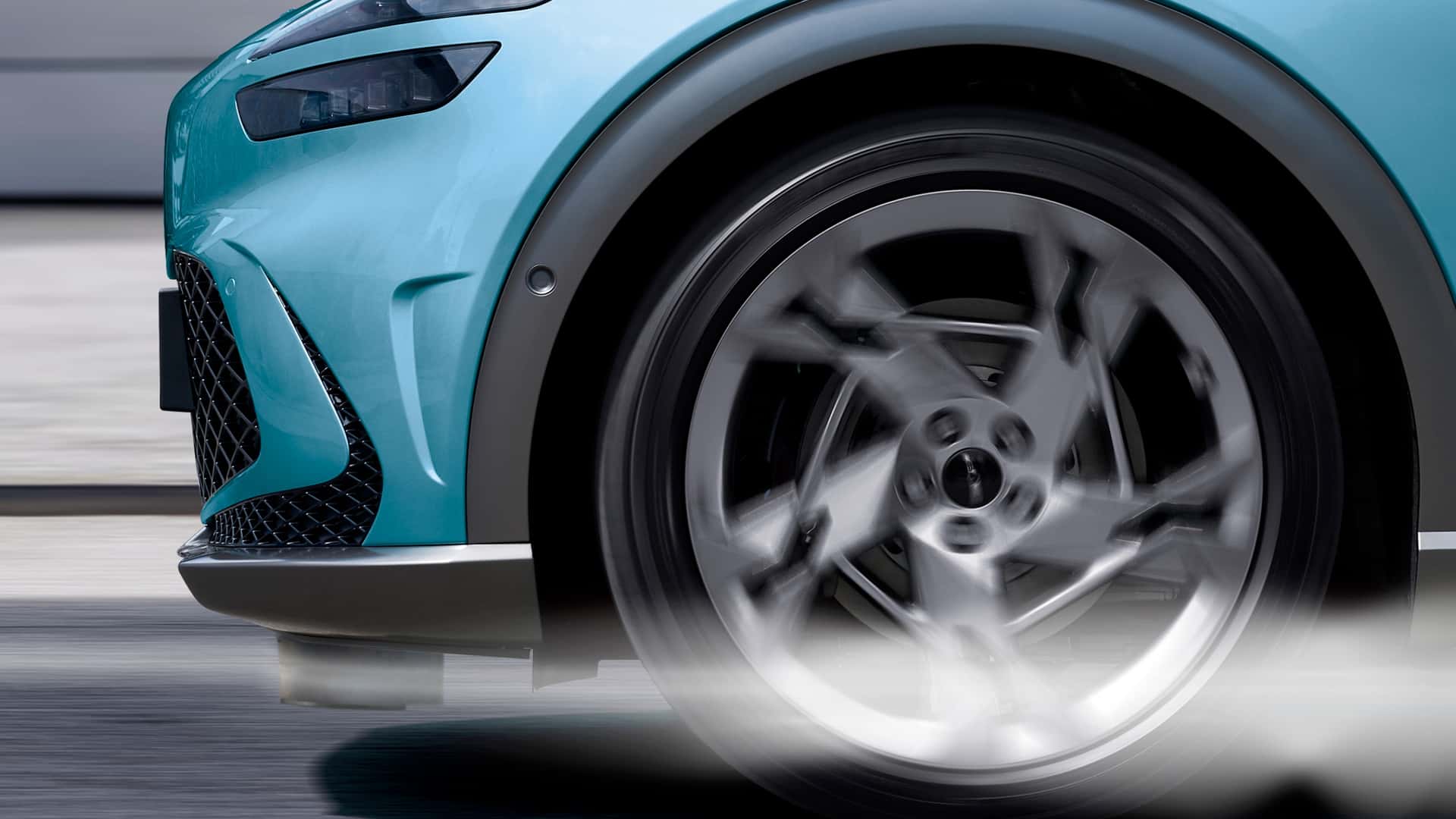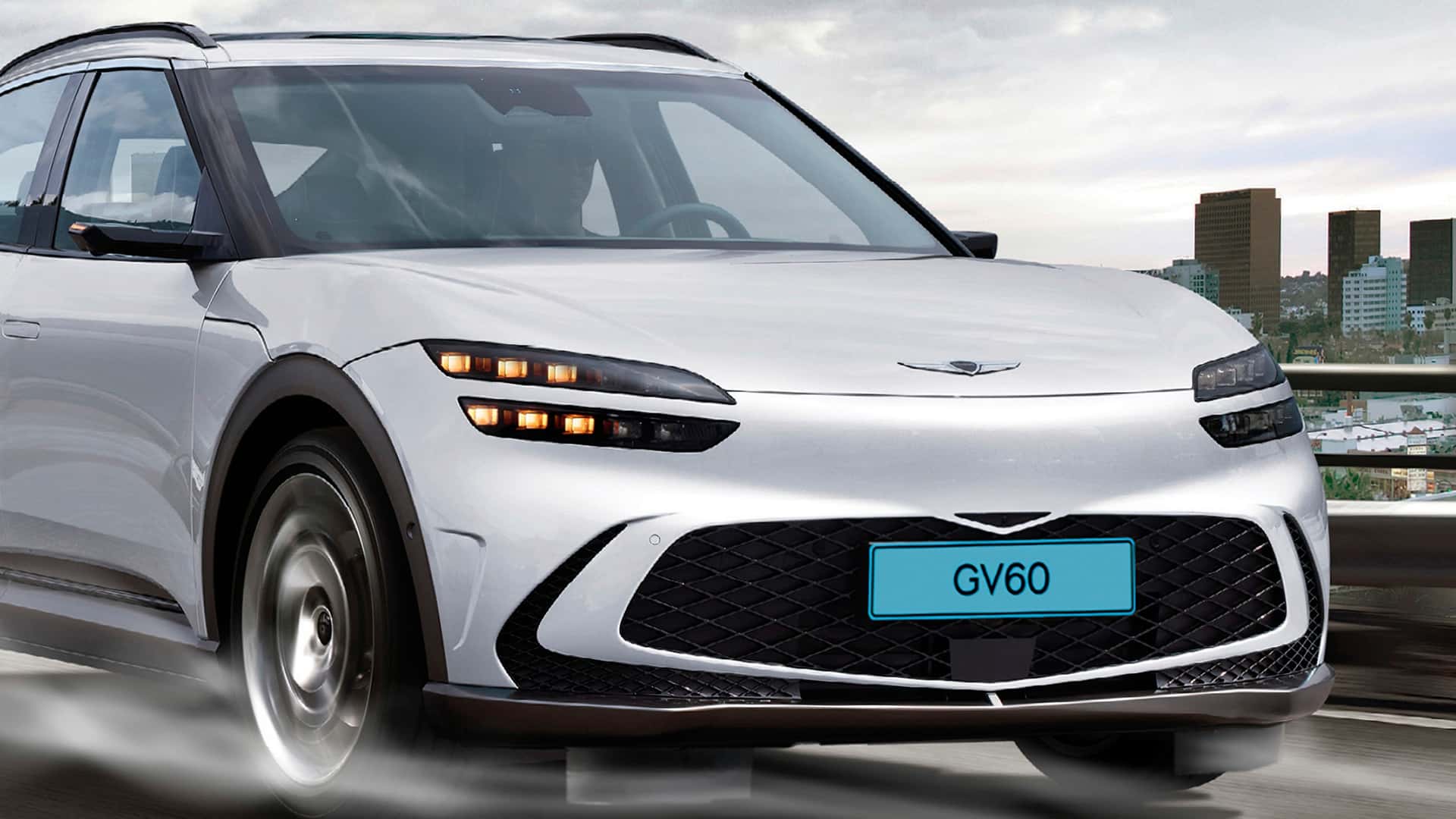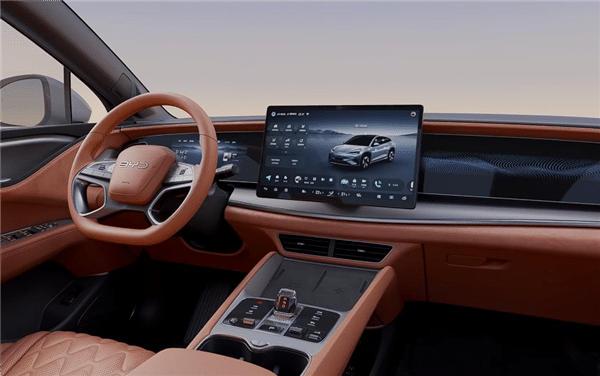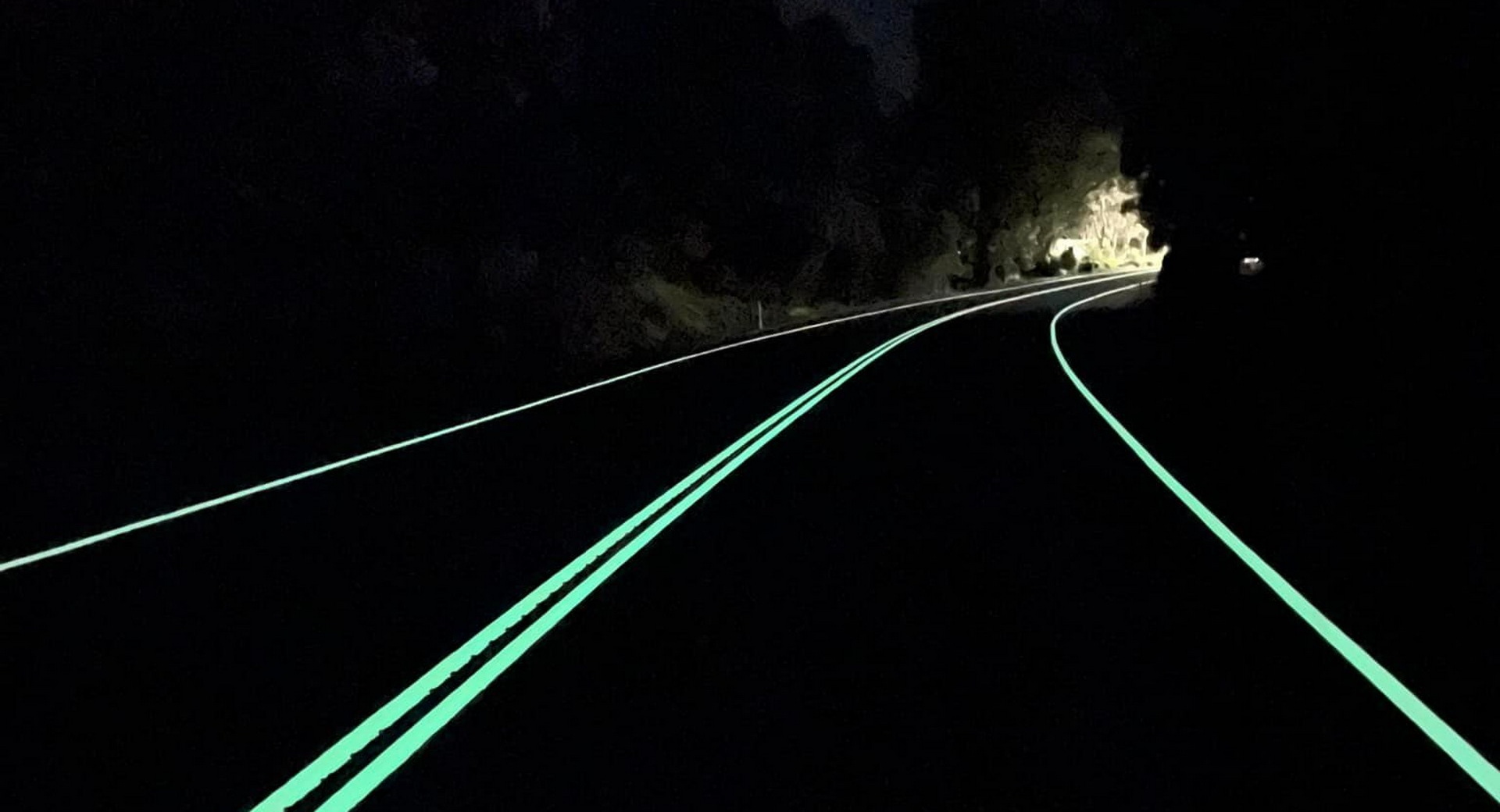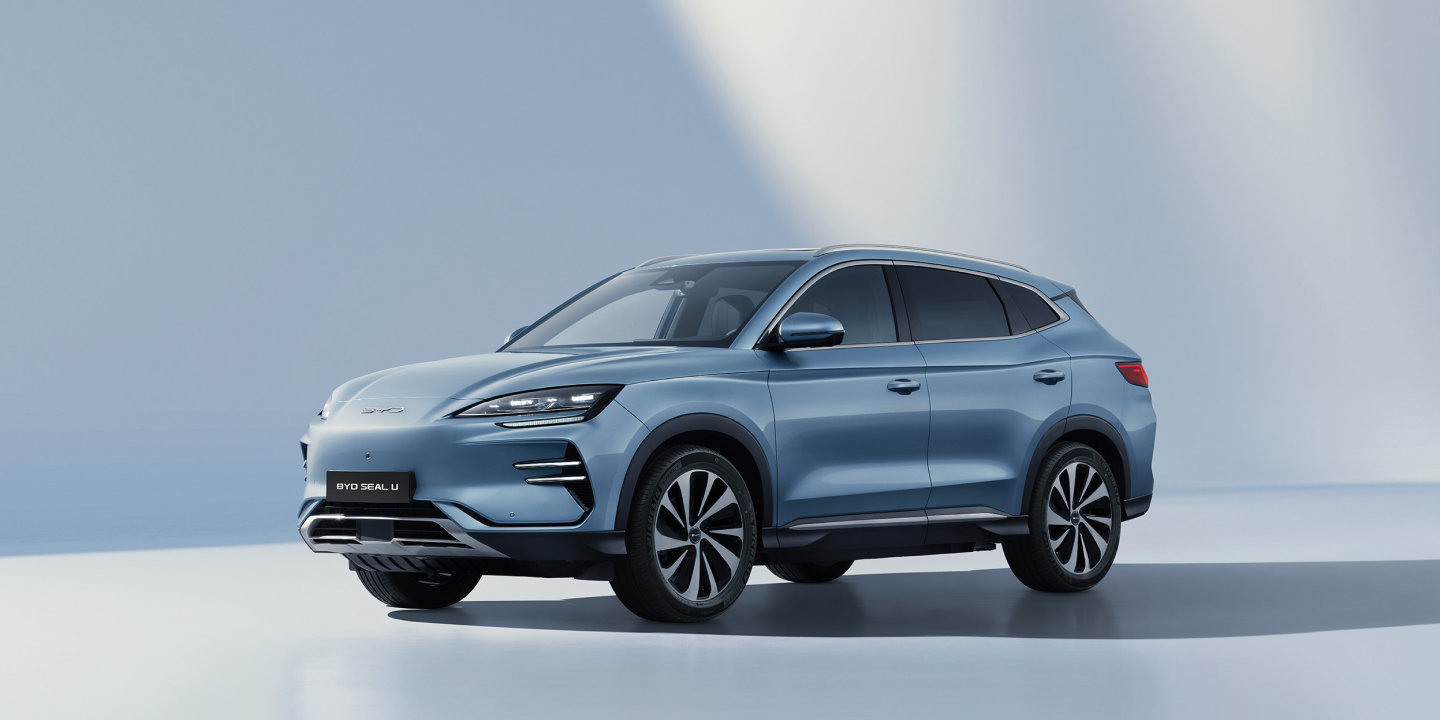The performance hatchback market has heated up these past few years. So much so that even Hyundai has decided to get in on the action. It’s setup its own performance tuning arm called the N. Vehicles that bare this letter are more performance oriented than the base models that they are based on.
If this sounds very familiar to you, that’s because it is. BMW has its M division, Mercedes-Benz has AMG and Ford has SVT. According to Hyundai, there are two reasons why the letter N was chosen to denote performance of its model naming system.
The first, N stands for Namyang, the place in South Korea that the automaker calls home and is where the idea of the creation of a performance arm came was conceptualized. The second reason is, the letter N resembles a sequence of corners of a racing track that is referred to as a chicane.
“The Hyundai i30 N has been developed for no other purpose than to deliver maximum driving fun to our customers in an accessible high-performance package,” says Albert Biermann, Executive Vice President Performance Development and High Performance Vehicle Division.”
He went on to say, “With the high-performance N models we will enhance our brand’s appeal with emotional products that cater to the needs of people who love to have a smile on their face when they drive their car on a winding road and listen to the sound of the engine.”
https://youtu.be/UUfVBi-igUQ
Whatever the case maybe, the first Hyundai to come with the N nomenclature is the i30. The humble yet striking family hatchback has been reworked from the ground up to be a performance vehicle that is able to go toe-to-toe with cars from the likes of Ford and Renault.
The front fascia has been tweaked to offer a more sporting appeal, but has been left largely untouched. The subtle bodykit provide the car with a more aggressive stance yet being tasteful enough not to seem tacky.
Behind the grille, special air curtains help limit air flow to reduce turbulence in the wheel housing and allow for more efficient cooling of the engine.
There are also special channels in the front bumper that direct air to the brakes for cooling. The rear features more angular contours than that on the standard car, too.
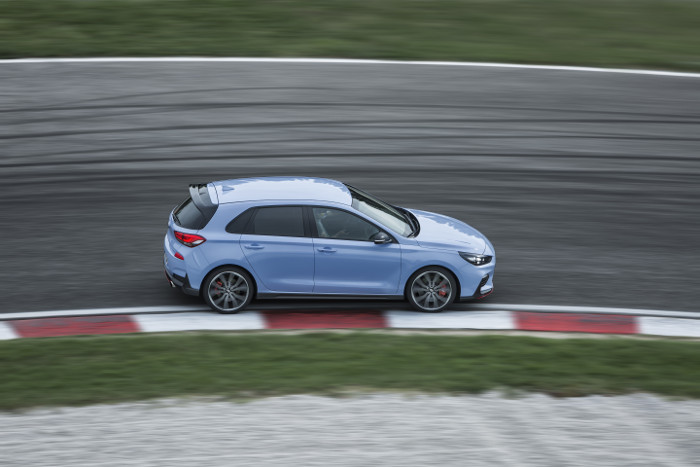
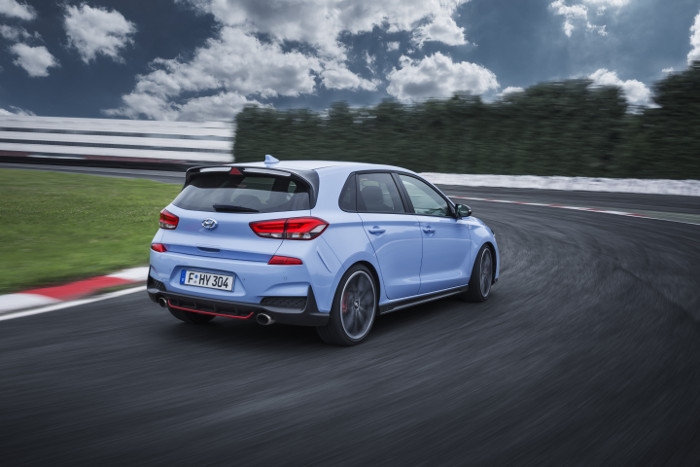
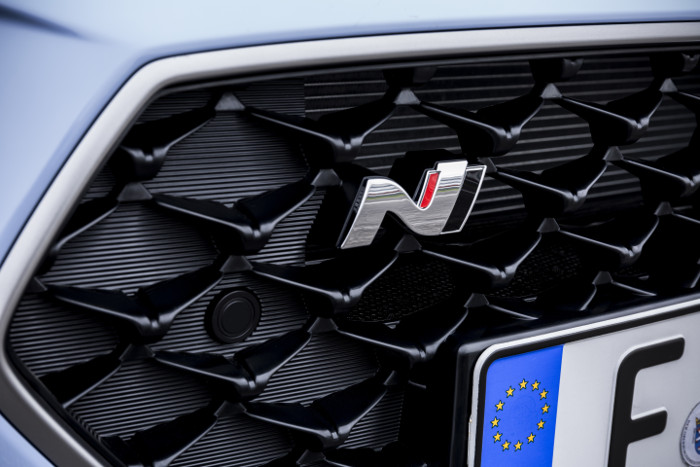
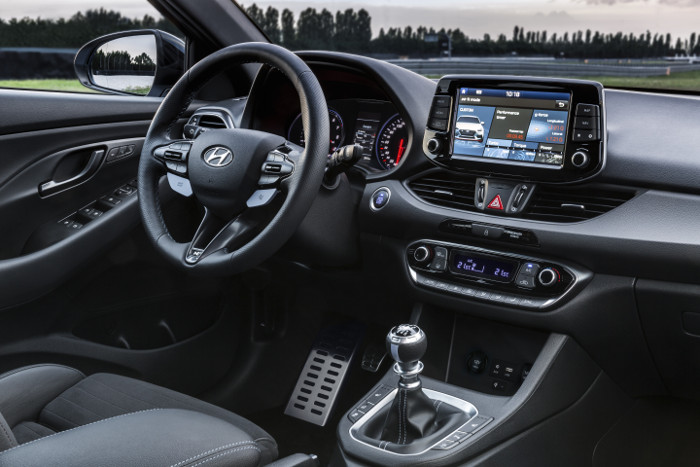
There’s a large rear spoiler mounted on the roof to improve downforce and to maintain stability at high speed. In fact, the entire car’s body panels have been tweaked to increase aerodynamic efficiency for maximum traction.
That coupled with an electronic limited slip differential help increase grip especially during high speed cornering. The dual sports exhaust, rear diffuser and trim pieces add to the sporty appeal that complement the 18/19 inch alloy sports rims.
Under the hood is a 2.0-litre turbocharged engine that produces nearly 275bhp and 353Nm of torque. the turbo is designed to offer boost at the lower end of the rev range allowing the engine to output linear power delivery. Power is sent to the front wheels via a 6-speed manual gearbox, which should appeal to the purist fraternity.
As for the interior, the N version of the i30 receives a more sporty look which is evident by the addition of sports seats and an N exclusive, steering wheel.
This steering wheel has unique blue stitching and an N logo at the bottom. On the left of it, there’s drive selection options (Normal, Sport and Eco) that alter the drive behaviour.

On the right side of the steering wheel, there’s an N button that readies the car to match the optimum designated setting. There’s also a rev-matching feature that allow for better engine control during shifting, which should offer better acceleration and shorter sprint times.
The i30 N comes with a slew of tech that include Electronic Controlled Suspension (adjusts suspension behaviour), Electronic Stability Control (ESC), Electronic Limited Slip Differential and a Variable Exhaust Valve System.
Despite the performance credentials, the car gets safety features such as Autonomous Emergency Braking (AEB), Driver Attention Alert (DAA), Lane Keeping Assist System (LKAS), Speed Limit Information Function (SLIF) and High Beam Assist (HBA).
Hyundai’s i30 N has gone through extensive testing at the Nurburgring to ensure that they got the hot hatch recipe just right. That said, its a relatively new car, and we shall have to wait and see how well it stacks up against the VW Golf GTI and Ford Focus ST as well as other established models.



